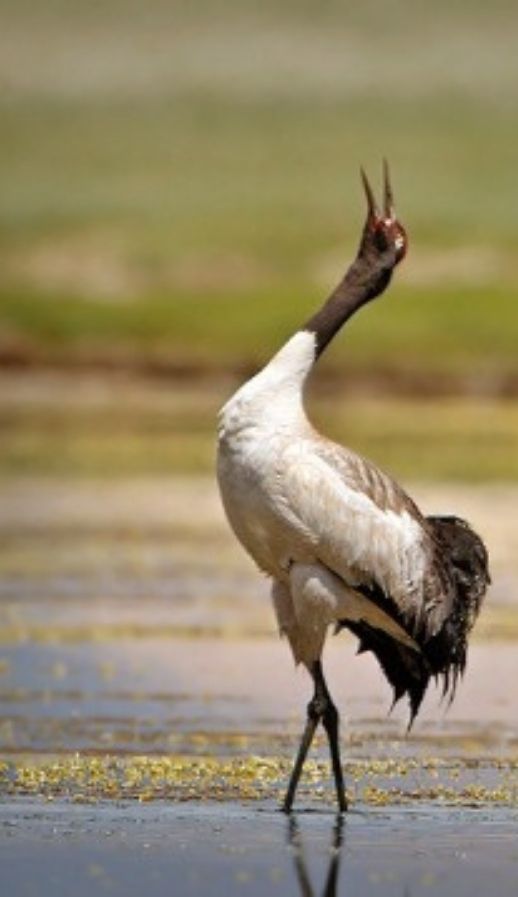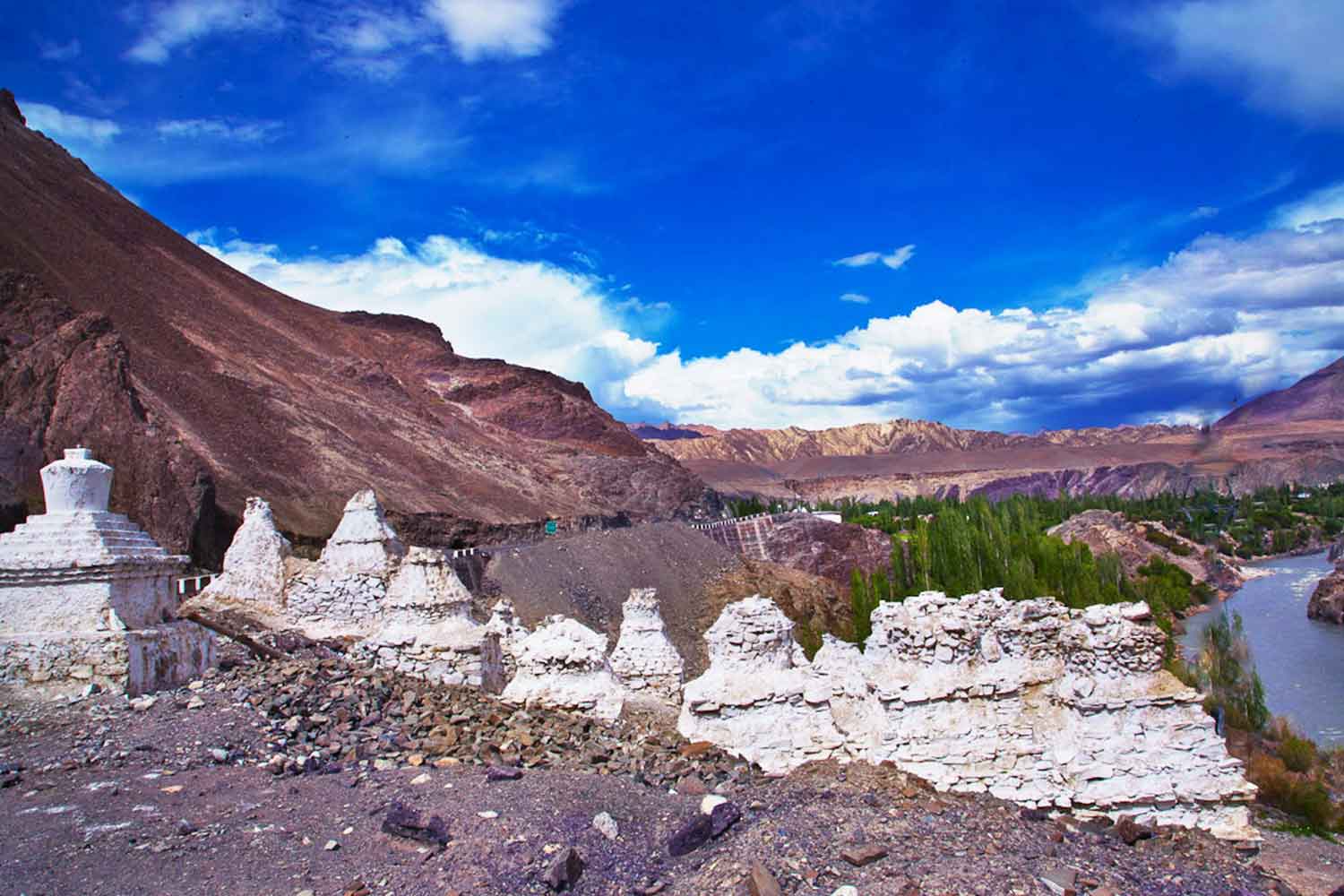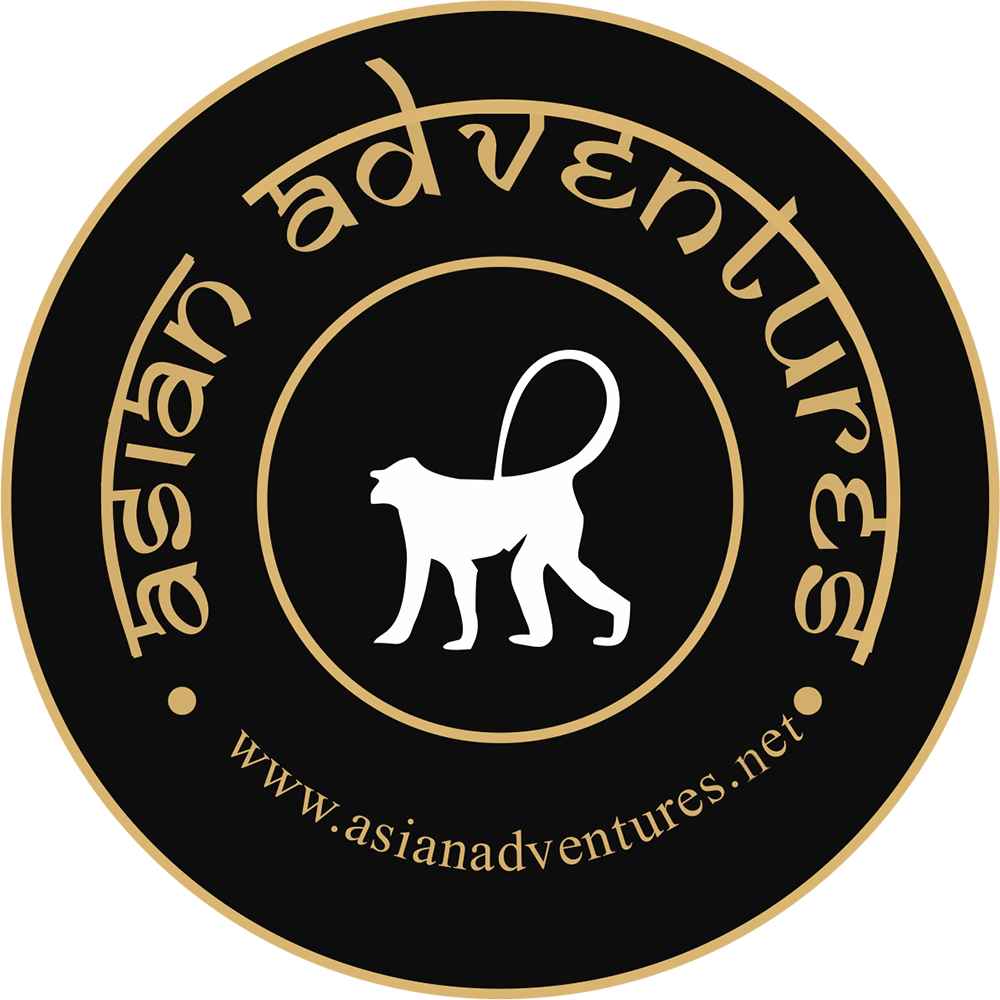Overview
Kashmir and Ladakh lie at the northern extreme of the Indian Subcontinent and to bird, and culture, offer a stark contrast to the rest of the country and each other Together they form a part of the Indian state of Jammu and Kashmir but are separated by the Great Himalayan Chain. Their position means that, particularly in winter and during migration, birds from the northern Palaearctic turn up as vagrants, and there are a number of sightings of species not recorded elsewhere in India. Spring and summer, however, we see peak avian activity with a number of local breeding specialties.
Our trip begins at Srinagar and takes us through Gulmarg, Sonmarg, Kargil, Leh, and areas of Ladakh. A large number of water-fowls join the residents of Dal lake during migration. Black-crowned Night Heron and Pied Kingfisher are residents. In summer, Clamorous Reed Warblers are common and a few Little Bittern inhabit the reed beds while Whiskered Terns hunt over the water.
Dachigam National Park is a must-visit location. It used to be a game reserve and was turned into a National Park to protect Hangul, or Kashmir Stag, and drinking water catchment for Srinagar. It has an area of some 140km2 and covers a wide altitudinal range from the edge of Kashmir Valley up to about 4200m in Upper Daicham. The park lists numbers more than 150 birds, many of which breed. Among the more notable are Besra, Northern Goshawk, Himalayan Griffon, Lammergeier, Himalayan Monal, and Tawny owl to name a few. Also, mammals like Hangul, Jackal, Langur, Leopard, and Yellow-throated Martens are common.
Another highlight of the tour is birding in Ladakh. Ladakh lies in the rain shadow of the Himalayas, more than 300m above sea level. The low precipitation results in a barren moon-like landscape traversed by green ribbons of river valley surrounded by spectacular snow-clad mountains. As you wander into Leh, the capital of Ladakh, expect to see some endemics like Black-billed Magpie. Along the stream in winter, look for Solitary Snipe and White-throated Dipper. Other birds found in this region are Red-billed Chough, Robin and Brown Accentors, and Fire-fronted Serin. Other birds found in the region are Common Swift, Oriental Skylark, Common Buzzard, Golden Eagle, Snow Pigeon, Himalayan Griffon, Common Tern, Common and Alpine Swifts, Lesser sand Plover, Horned Lark, Eurasian Craig Martin, and Ruddy shelduck.

Meals: Lunch and Dinner
Accommodation: Hotel Skitsal
Arrival in Stok Village.
First day will be a rest day, having meals and just conversing with each other.
All meals will be prepared by the localites, freshly plucked from organic farmlands of the locals. Stay will be with locals at the houses.

Meals: Breakfast, Lunch and Dinner
Accommodation: Hotel Skitsal
Proceed to Stok Palace. Return by lunch, have lunch prepared by the locals. Go for a walk in the village, including a photography session. Return to hotel. Ovenight stay

Meals: Breakfast, Lunch and Dinner
Accommodation: Hotel Sruk or similar
Today we will travel to Saspol village.
While on our way, we will also witness the sangam (unison) of River Indus and River Zanskar.
Check in at the hotel by the afternoon.
Post lunch we will have an option for you, between a photography session or travelling around the village on cycles.

Meals: Breakfast, Lunch and Dinner
Accommodation: Hotel Sruk or similar
The day will begin post lunching at the hotel.
Spend the whole day with locals in the village, experiencing the local and rural way of living.
Cook your your own meals in the local, organic way.
Experience life like a Saspol Ladakhi for a day.
Back to hotel after dinner.

Meals: Breakfast, Lunch and Dinner
Accommodation: Hotel Sruk or similar
After breakfast at the hotel, head to the Saspol caves.
After lunch in the caves, schedule of a photography session.
Return to the hotel by dinner time.

Meals: Breakfast, Lunch and Dinner
Accommodation: Hotel Lotus or similar
Return to Leh. The rest of the day is free to explore the Leh Bazaar, to shop and go around the place. Return to Hotel. Overnight stay

Meals: Breakfast
Accommodation: None
Departure to Leh Airport to catch the flight for onward destination.
Tour ends
Highlights
- Amazing ever-changing landscapes
- A variety of mammals, including Kiang, Red Fox, Himalayan Marmot, and more
- Excellent Birding, with species like Horned Lark, Robin and Brown Accentors, various redstarts, Common Swift, and more
- Delicious farm-fresh Food
- Quaint lodges and camps
- Scenic Himalayan road trips
- Short walks and hikes
Included
- All Transfers in private vehicle All sightseeing
- Meals as per itinerary Photo Guide | All currently applicable taxes
Video
Location
Stories

Ladakh
North India, the land of Ladakh, looks as though it was made for birdwatching and photography.

Gir National Park Gujarat
Sometimes it is not just the species spotted but also the amazing moments. Some of our guests had the unique opportunity to witness the mating of Asiatic Lions in the Gir Forest, truly a special moment.

Delhi
Surajpur is an amazing wetland close to the nation’s capital. Apart from being one of the monsoon homes for the Bristled Grassbird, it is also home to another sought-after species: the Bengal Bush Lark.

Rajasthan
One advantage of living near the birding hotspot of Bharatpur is that you can see some amazing birds, like the graceful Sarus Crane, in your backyard during this lockdown





























